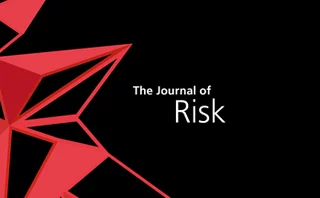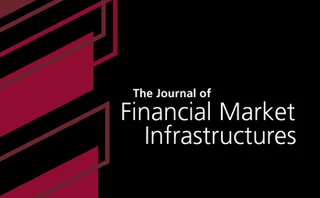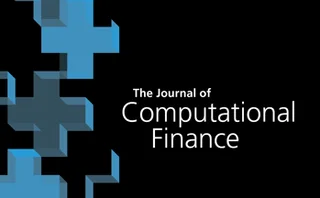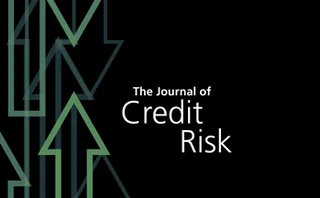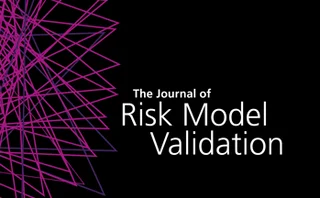Original research
A new bootstrap test for multiple assets joint risk testing
In this paper, a novel simulation-based methodology is proposed to test the validity of a set of marginal time series models.
A review of the fundamentals of the Fundamental Review of the Trading Book: standard foreign exchange rules are highly asymmetric with respect to reporting currencies
This paper develops a framework to fully characterize the invariance of the Delta capital charge for the FX book under a change in reporting currency.
Quantifying the diversity of news around stock market moves
In this paper, the authors use a topic-modeling approach to quantify the changing attentions of a major news outlet, the Financial Times, to issues of interest.
A network model for central counterparty liquidity risk stress testing under incomplete information
The authors put forth a realistic network model that maximizes the use of data available to a CCP in order to simulate credit default contagion.
The recent crises and central counterparty risk practices in the light of procyclicality: empirical evidence
This paper focuses on the risk practices of Central Counterparties in the light of their potentially procyclical features.
Nonstationarity of the intraday individual and collective seasonalities of price fluctuations
This paper deals with statistical measures based on high frequency data from stock markets, and in particular looks at how these measures changed according to time, with a focus on before and after the crisis of 2008.
Investment opportunities forecasting: a genetic programming-based dynamic portfolio trading system under a directional-change framework
This paper presents an autonomous effective trading system devoted to the support of decision-making processes in the financial market domain.
Efficient pricing and super-replication of corridor variance swaps and related products
This paper proposes a method for overhedging weighted variance using only a finite number of maturities.
Stochastic loss given default and exposure at default in a structural model of portfolio credit risk
The authors develop a factor-type latent variable model for portfolio credit risk that accounts for stochastically dependent probability of default (PD), loss given default (LGD) and exposure at default (EAD) at both the systematic and borrower specific…
How the interbank market becomes systemically dangerous: an agent-based network model of financial distress propagation
In this paper, the authors study the stability of the interbank market to exogenous shocks using an agent-based network framework.
Reputation risk contagion
The aim of this paper is to assess the effects of the reputation of the members of a group on any single member of the group using the concepts of social influence and convergence in belief.
Interconnectedness risk and active portfolio management
This paper studies centrality (interconnectedness risk) measures and their added value in an active portfolio optimization framework.
Risk constraints for portfolio optimization with fixed-fee transaction cost
In this paper the authors investigate how fixed-fee transaction costs affect portfolio rebalancing.
Rating momentum in the macroeconomic stress testing and scenario analysis of credit risk
This paper focuses on the corporate stress testing models for credit risk.
Investing across periods with Mahalanobis distances
The authors propose an analytical framework to measure investment opportunities and allocate risk across time based on the Mahalanobis distance.
A model combination approach to developing robust models for credit risk stress testing: an application to a stressed economy
This paper uses a model combination approach to develop robust macrofinancial models for credit risk stress testing.
Hidden Markov regimes in operational loss data: application to the recent financial crisis
The authors propose a method to consider business cycles in the computation of capital for operational risk.
Statistical risk models
In this paper, the authors give complete algorithms and source code for constructing statistical risk models.
Asset correlations and procyclical impact
The authors examine the behavior of asset correlations for companies in Taiwan under the Basel Accord’s asymptotic single-risk-factor approach.
The application of structural electricity models for dynamic hedging
The authors formulate a general structural model for an energy market in order to analyze the dynamic hedging of contingent claims on spot electricity prices.
Calibration of temperature futures by changing the mean reversion
The authors of this paper study the calibration of futures contracts on temperature indexes.
A nonlinear analysis of operational risk events in Australian banks
This paper proposes a methodology applied to complex systems to analyze operational risk events in Australian banks.
Financial distress pre-warning indicators: a case study on Italian listed companies
This paper focuses on the ability of accounting ratios to predict the financial distress status of a firm as defined by the law.
